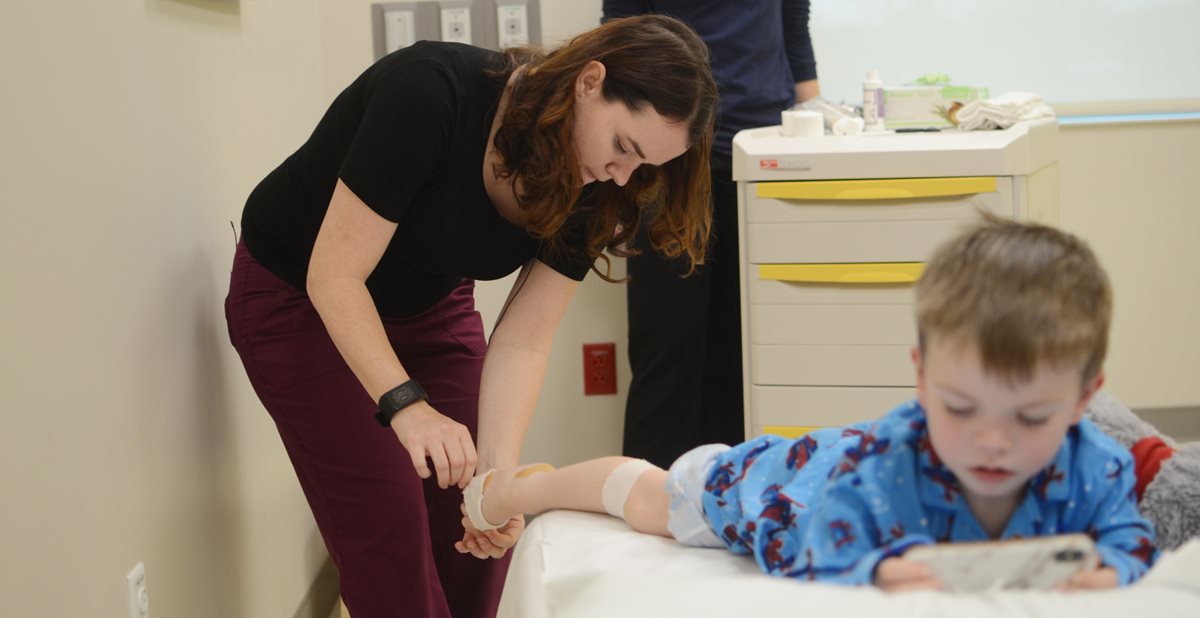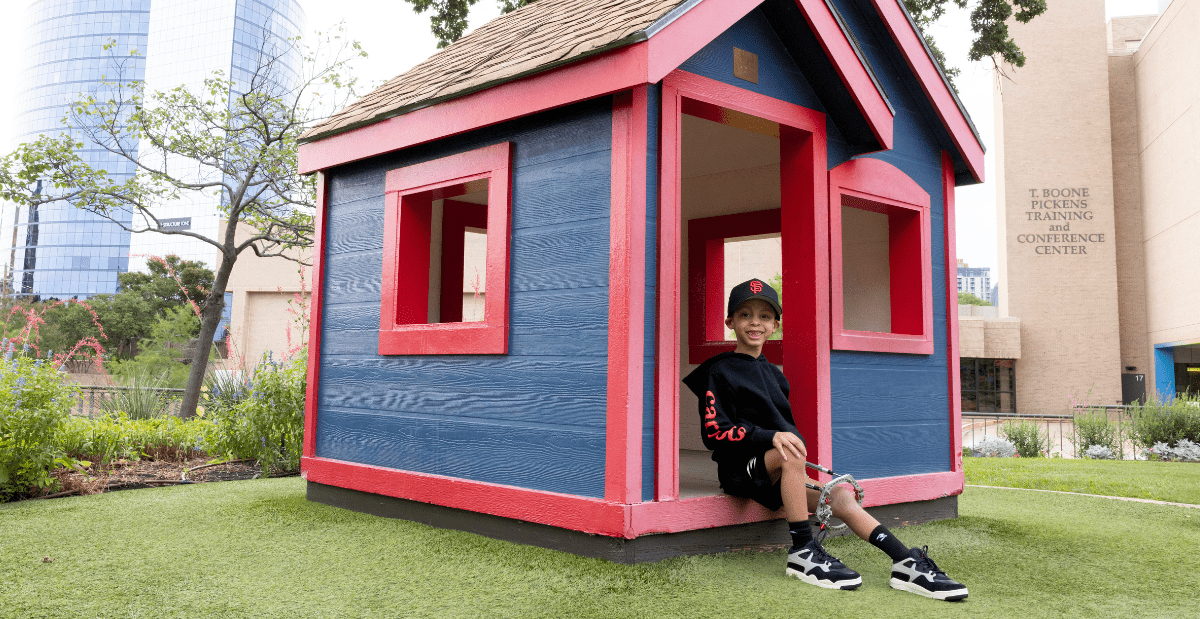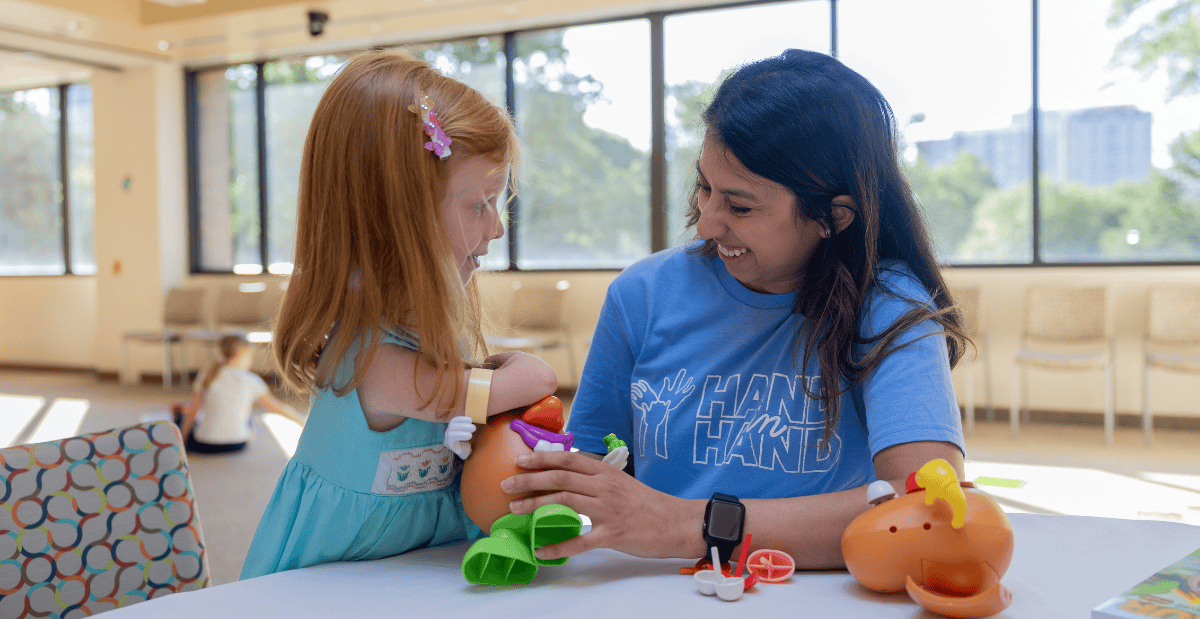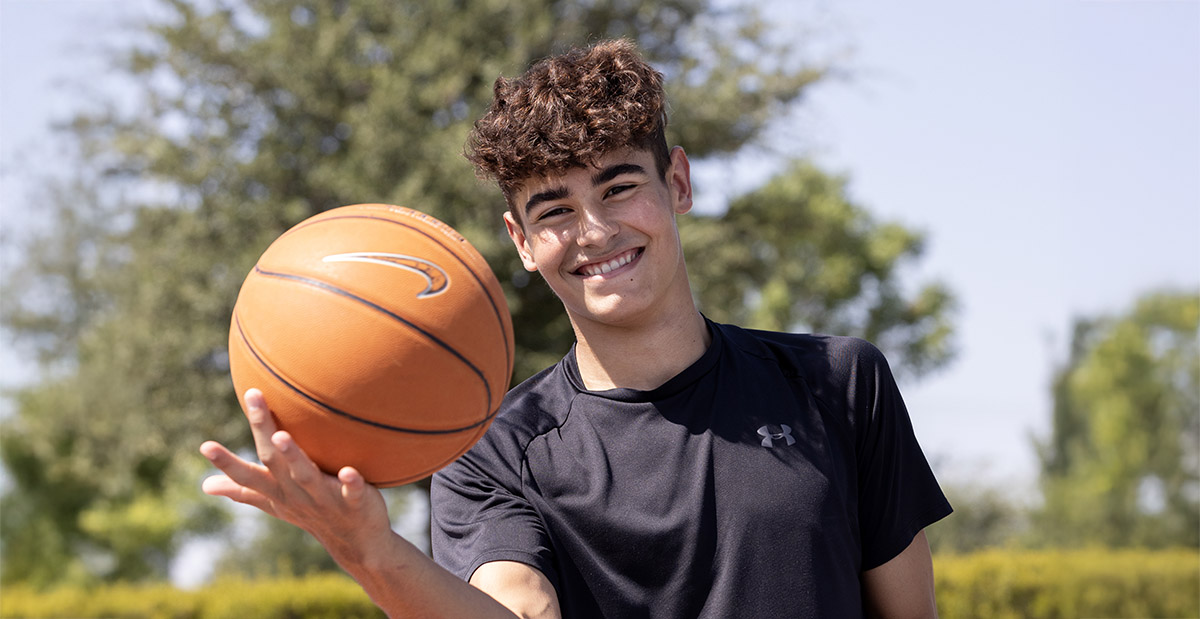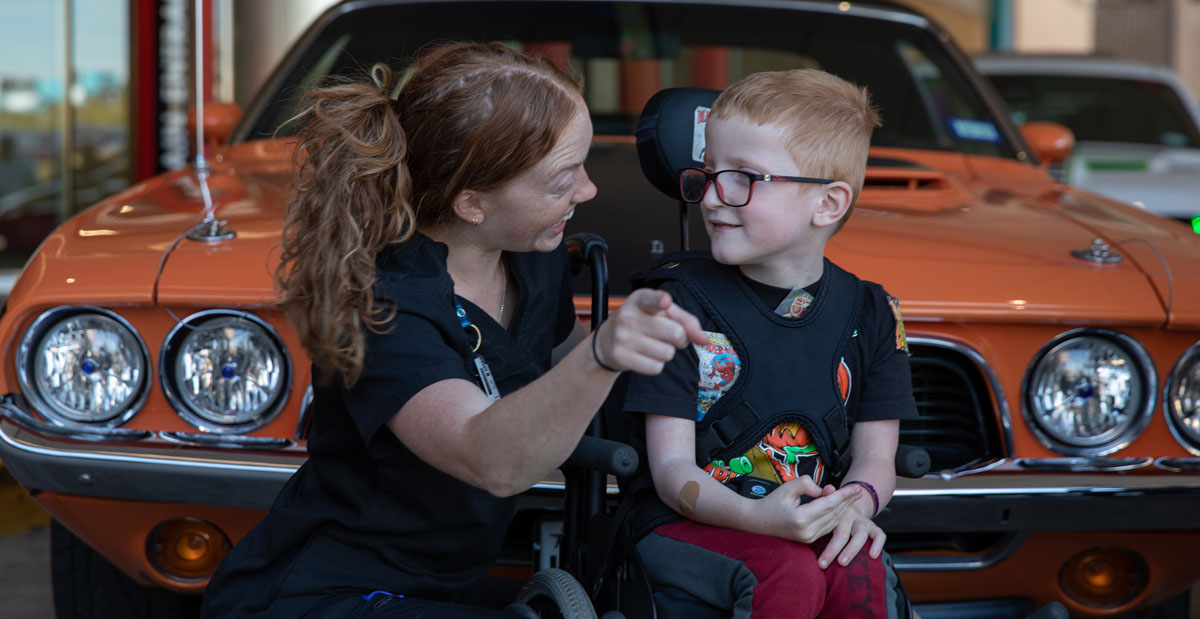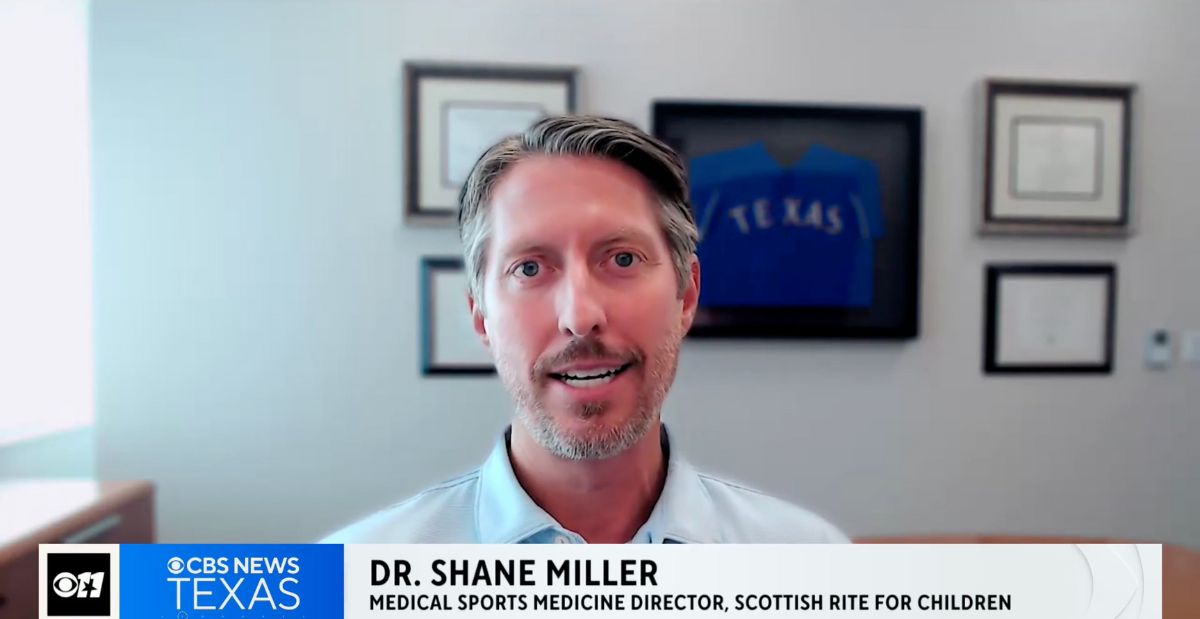Most feet point forward, aiming at their destination — but not all. Although this condition can cause concern for parents, intoeing, or pigeon toes, is common. Intoeing occurs when children have feet turned inward toward one another. Here’s what you should know to help your child manage this condition and enjoy an active and healthy life.
Why Children Experience Pigeon Toes
Pigeon toes can exist at birth but often become noticeable later in childhood. There are three main causes of intoeing, all of which usually resolve without treatment at different times in a child’s growth. These causes include:
- Metatarsus adductus. While in the womb, your baby’s position may force the front of the foot to turn inward. This position can result in metatarsus adductus, a condition in which the toes point inward while the outer edge of the foot is curved outward. Metatarsus adductus is a common cause of pigeon toes in newborns and infants. In rare cases, the condition can cause the foot to look like clubfoot. This condition usually resolves spontaneously by age 2.
- Internal tibial torsion. In this condition, your child’s tibia, or shinbone, twists and turns the leg inward. This is also related to “packaging” of the legs in an inwardly twisted direction while in the womb. This condition usually resolves spontaneously by age 6.
- Femoral Anteversion. With femoral anteversion, your child’s thigh bone, the femur, turns inward, causing the feet and toes to point inward as well. This condition usually resolves spontaneously by age 9.
Intoeing often runs in families. Because of its genetic root, preventing pigeon toes is not possible.
When to See a Provider
Thankfully, being pigeon-toed does not cause pain, and most infants and children grow out of the condition without requiring treatment. The bones correct themselves as the child grows older. However, some cases of intoeing do not resolve on their own and require medical care.
Your child’s provider may refer you to a pediatric orthopedic specialist if:
- Your child’s intoeing is accompanied by other foot abnormalities.
- The foot cannot straighten out easily and feels stiff.
- The intoeing causes pain, limping, swelling or difficulty walking.
How to Treat Pigeon Toes
The vast majority of children with intoeing due to any of the above causes will correct their rotational differences without any treatment whatsoever. When intoeing is severe and has persisted beyond the expected age at which the condition causing the intoeing should have resolved, treatment may be considered.
Your child’s provider will consider several factors when determining the most appropriate treatment. These include the cause and severity of the intoeing, your child’s age and how the problem affects your child’s daily life.
Based on this information, your provider may recommend one or more of the following pigeon toe treatments:
- Serial Casting. A cast on your child’s leg and foot can, over time, correct metatarsus adductus. Your provider may use a series of casts as your child’s treatment progresses to continue straightening the foot.
- Stretching. Babies with metatarsus adductus may benefit from gentle stretching. Parents can perform this physical therapy technique at home. If appropriate, your provider will show you how to stretch the foot in a way that encourages it to straighten out.
- Surgery. Older children with severe symptoms that don’t respond to other treatments may require surgery. During surgery, an orthopedic surgeon cuts the twisted bone and resets it in the proper position. Surgery is typically for children older than 9 who have difficulty walking due to intoeing.
You may see advertisements for special shoes or exercise programs designed to address the conditions that cause intoeing. However, the American Academy of Orthopedic Surgeons has stated these are not effective. Your best resource for help with pigeon toes is your child’s provider or orthopedic specialist.
If you are concerned about intoeing, schedule an appointment with a foot conditions specialist at Scottish Rite for Children.


